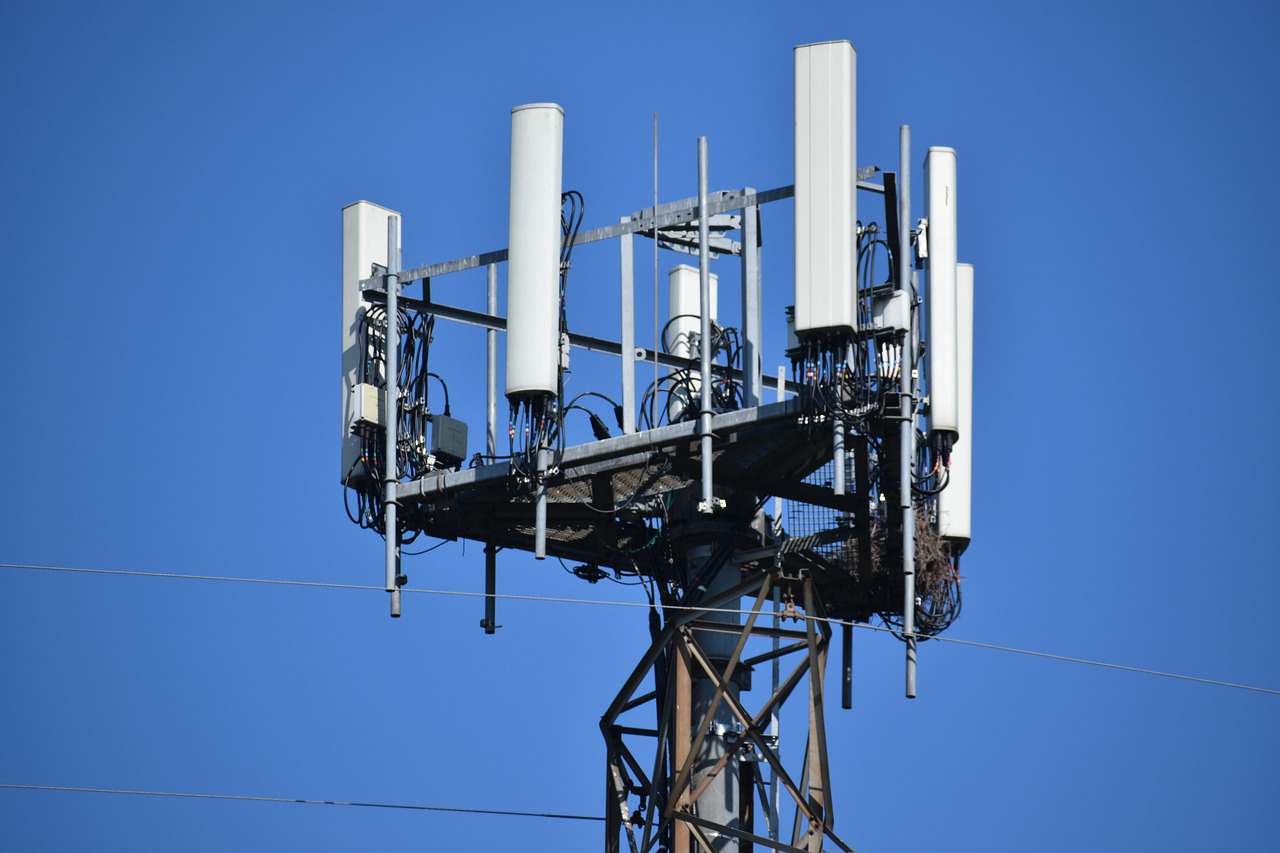
5G Network
Can you imagine a cellular technology capable of delivering up to 100 times faster data rates compared to the current 4G network? Well, that is 5G for you. 5G is promising to deliver speeds in the order of Gb/s which is much greater than 4G is capable of. The idea of 5G Wireless Technology first came into the picture in 2008 when NASA partnered with Geoff Brown and M2Mi Corp to come up with 5G. It was not until 2019 when 5G was 5G was ready for deployment. 5G may be at its early stages of definition but it is certainly receiving a lot of visibility.
Vision for 5G
Like any new mobile network advancement, the advancement from 4G to 5G is envisioned to bring with it a lot of positive changes. 5G is envisioned to deliver dramatic performance improvements in data rates, network capacity, latency, mobile connections, cost, and coverage.
Greater network capacity
The demand for wireless network connectivity for both IoT and mobile devices has been growing tremendously in the past decade. It is estimated by 2021 there will be 26 billion devices transmitting data over wireless networks. To meet such a huge demand 5G envisions to offer the following:
- 10 GB/s data rate transfers for static users
- 1GB/s data rate for low mobility users
- 100Mb/s minimum, inn urban areas
As such, 5G is envisioned to deliver 10,000 times the capacity of the existing networks.
Better coverage
5G comes with a higher frequency spectrum of above 6GHz and potential up to 300Ghz. Such high frequencies present coverage challenges as signal strengths drop rapidly. 5G will be accompanied by more radiation points to ensure that a heterogeneous network is delivered.
Latency
There is a growing market demand for real-time interactive applications and machine-to-machine interactions. There is also increasing penetration of interactive applications like augmented reality and multi-user games. All these demands extremely low latency. 5G is targeting a latency of less than 1msec. Given that the average LTE latencies in the U.S are within the range of 70-85 msec, this might sound like a very ambitious vision.
Vision to reality
5G was first deployed in 2019 in Wuhan, China. It has since been deployed in the UK and the US as well. All these deployments are just trial deployments. These deployments have given us a glimpse of what 5G can deliver.
Opensignal conducted a test on various 5G networks across the UK and they established that the average download speeds were 138.1 Mbps. EE exhibited an average of 149.8 Mbps and 122.1 Mbps on Vodafone. Bob O’Donnell of TECHnalysis research conducted a separate test on mmWave 5G services offered by AT&T, Verizon, and T-Mobile. On the tests conducted with a Samsung Galaxy S10 5G on an AT&T mmWave, peak speeds of 1.8Gbps. Listed below are download speeds of various providers in different cities.
- AT&T: 823-957 Mbps (5G)
- Sprint: 151-185 Mbps (5G)
- T-Mobile: 369.9-579 Mbps (5G)
- Verizon: 713 Mbps-1.07 Gbps (5G)
Opensignal also tested 5G for latency in April 2020 and they found an actual average of 21ms.
Shortcomings of 5G so far
5G is a high-frequency network hence has low propagation characteristics. This presents a significant coverage challenge since the signal strength drops fast as you move away from the tower. It is hoped that this will be taken into consideration when 5G is finally rolled out commercially.
Summary
The transition to 5G has just begun. Its actual performance may not have met the theoretical projections but is stunning nonetheless. This transition will be marked by even more innovations. Augmented reality is expected to increase in value to $198.7 billion by 2025 courtesy of 5G. This network is expected to unlock a 4.3 trillion in economic value across the globe. Both the economic and technological potential of 5G profound and the race on who wins the 5G race has just begun.



















